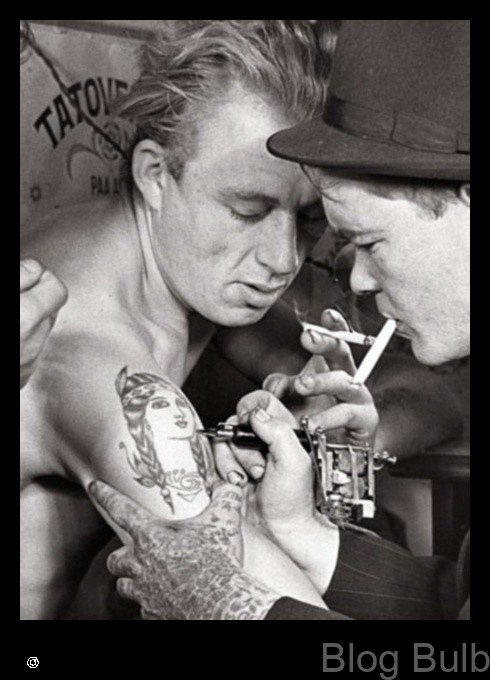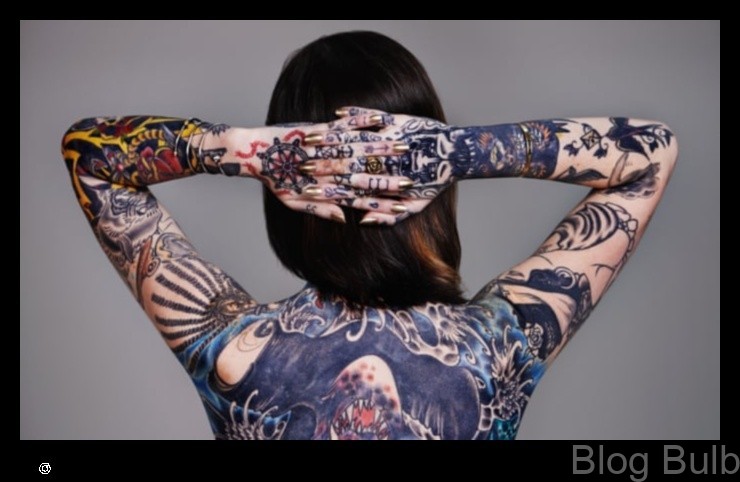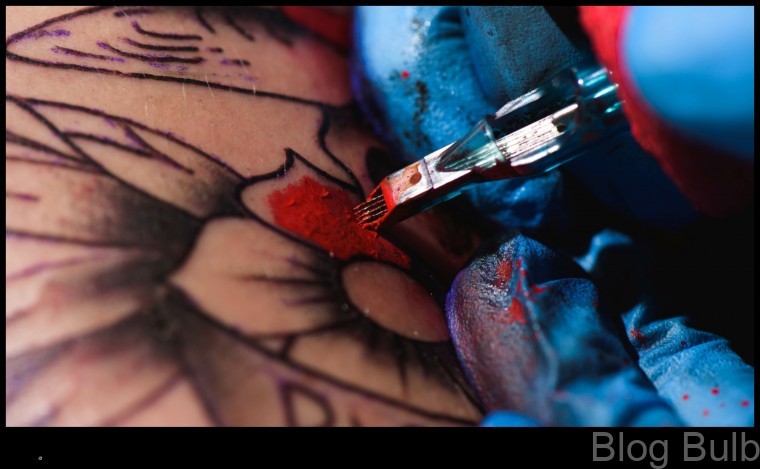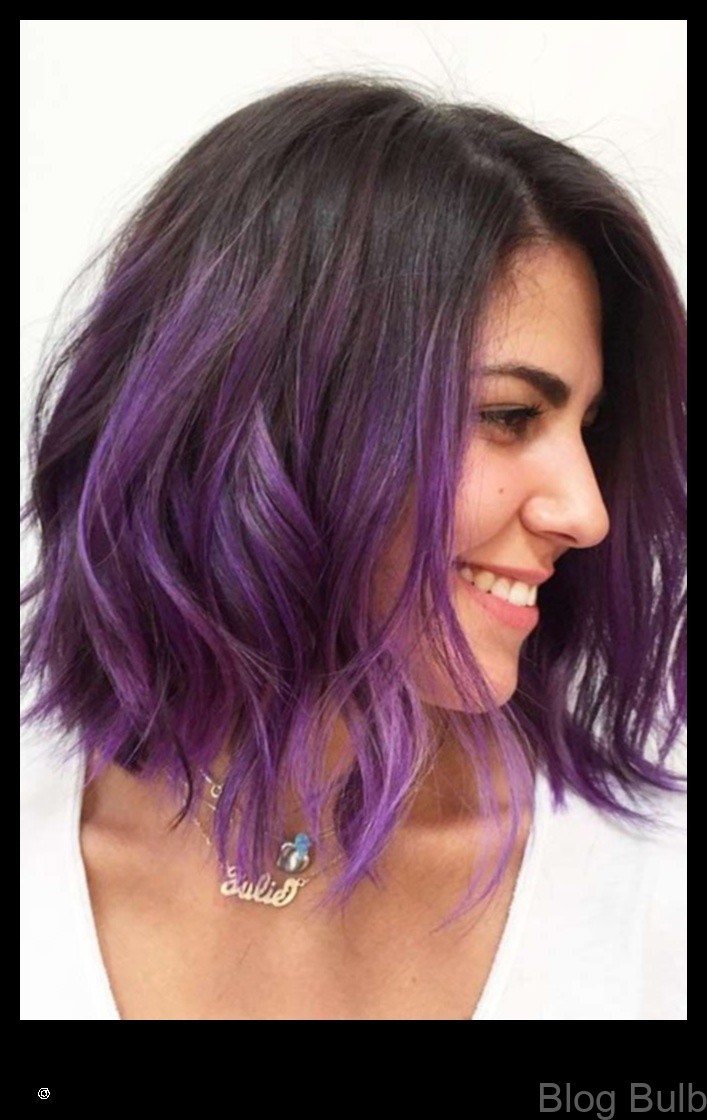
Table of Contents
Ink It Up: Exploring the World of Tattoo Artistry
Tattoos have been around for centuries, and they have a rich history and meaning. In this article, we will explore the world of tattoo artistry, from the history of tattoos to the different types of tattoos and the different techniques used to create them. We will also discuss the different places to get tattoos, the different costs of tattoos, and the different risks associated with getting tattoos.
If you are thinking about getting a tattoo, this article will provide you with the information you need to make an informed decision.

History of Tattoos
The earliest evidence of tattoos dates back to 5,000 years ago, and they have been found on mummies in Egypt and China. Tattoos were also found on Ötzi the Iceman, a man who lived in the Alps around 5,300 years ago.
In ancient Egypt, tattoos were often used as a form of identification or as a way to mark religious or social status. In China, tattoos were used as a form of punishment or as a way to identify criminals. In other cultures, tattoos were used as a way to protect oneself from evil spirits or to enhance one’s beauty.
In the modern world, tattoos have become more popular than ever before. They are now seen as a form of self-expression, and people get tattoos for a variety of reasons. Some people get tattoos to commemorate special events or people in their lives, while others get tattoos to express their personality or beliefs.
Different Types of Tattoos
There are many different types of tattoos, and the style of tattoo you choose will depend on your personal preferences. Some of the most popular types of tattoos include:
- Blackwork tattoos
- Dotwork tattoos
- Linework tattoos
- Geometric tattoos
- Traditional American tattoos
- Japanese tattoos
- Tribal tattoos
- Realistic tattoos
- Watercolor tattoos
No matter what your style, there is a tattoo out there for you.

The Meaning of Tattoos
Tattoos can have a variety of meanings, and the meaning of a tattoo can vary depending on the person who gets it. Some people get tattoos to commemorate special events or people in their lives, while others get tattoos to express their personality or beliefs.
Tattoos can also be used to tell a story or to represent a personal journey. Whatever the meaning, tattoos are a powerful way to express oneself.
Tattoo Pain
Getting a tattoo can be painful, but the amount of pain you experience will vary depending on the size and location of the tattoo. Some of the most painful areas to get tattooed include the ribs, the feet, and the inner arm.
The pain of getting a tattoo is temporary, and it will usually go away within a few days. However, it is important to be aware of the pain before you get a tattoo so that you can make an informed decision.
Tattoo Aftercare
After getting a tattoo, it is important to take care of it properly to ensure that it heals properly. This includes washing the tattoo with antibacterial soap and water, applying a thin layer of ointment, and keeping the tattoo covered with a bandage.
It is also important to avoid exposing the tattoo to sunlight or harsh chemicals. If you follow these aftercare instructions, your tattoo will heal quickly and look its best.
Tattoo Removal
If you decide that you no longer want a tattoo, it is possible to have it removed. There are a few different methods of tattoo removal, but the most common method is laser removal. Laser removal works by using a laser to break up the pigment in the tattoo, which makes it fade over time.
Tattoo removal can be expensive and time-consuming, and it is not always successful. However, if you are determined to have your tattoo removed, there are options available.
II. History of Tattoos
Tattoos have been around for thousands of years, with evidence of tattooing dating back to at least 5,000 years ago. Tattoos have been found on mummies in Egypt, on bodies preserved in the permafrost of Siberia, and on ancient pottery from China.
The earliest evidence of tattooing comes from Ötzi the Iceman, a Neolithic man who was found frozen in the Alps in 1991. Ötzi had 61 tattoos, most of which were located on his lower back and legs. The tattoos are believed to have been used for healing or protection.
In ancient Egypt, tattoos were often associated with religion and magic. The Egyptian goddess Isis was often depicted with tattoos, and it was believed that tattoos could protect against evil spirits.
In ancient Greece and Rome, tattoos were worn by soldiers and criminals. In Greece, tattoos were used to identify soldiers, while in Rome, tattoos were used to punish criminals.
In the Middle Ages, tattoos were associated with sailors and pirates. Sailors would get tattoos to commemorate their travels, while pirates would get tattoos to intimidate their enemies.
In the 19th century, tattoos became popular among sailors, circus performers, and criminals. In the early 20th century, tattoos became more mainstream, and they were adopted by a wide variety of people from all walks of life.
Today, tattoos are still popular all over the world. They are seen as a form of self-expression, and they can be used to commemorate special events, show allegiance to a group, or simply make a personal statement.
III. Different Types of Tattoos
There are many different types of tattoos, each with its own unique style and meaning. Some of the most popular types of tattoos include:
- Traditional American tattoos
- Japanese tattoos
- Tribal tattoos
- Celtic tattoos
- Neo-traditional tattoos
- Realistic tattoos
- Abstract tattoos
- Watercolor tattoos
- Dotwork tattoos
Each type of tattoo has its own unique history and meaning. For example, traditional American tattoos are often inspired by American history and culture, while Japanese tattoos are often inspired by Japanese mythology and folklore.
When choosing a tattoo, it is important to consider the different types of tattoos and what they mean. This will help you to choose a tattoo that is meaningful and personal to you.
IV. The Meaning of TattoosTattoos have been used for centuries to express oneself, tell a story, or mark a significant event. While the meaning of a tattoo can vary depending on the individual, there are some common themes that emerge.
For example, many people get tattoos to commemorate a loved one or a special event. Others get tattoos to represent their religious beliefs or cultural heritage. Still others get tattoos simply because they like the way they look.
No matter what the reason, tattoos are a powerful form of self-expression. They can be a way to show the world who you are and what you believe in.
Here are some of the most common meanings of tattoos:
- Love
- Family
- Friendship
- Faith
- Hope
- Strength
- Power
- Beauty
- Rebirth
Of course, these are just a few of the many possible meanings of tattoos. The true meaning of a tattoo is ultimately up to the person who wears it.
V. Tattoo Pain
Tattoo pain is a common concern for people who are considering getting a tattoo. The amount of pain you experience will vary depending on the size, location, and style of your tattoo. However, there are some things you can do to minimize the pain, such as:
- Choosing a small, simple tattoo
- Getting your tattoo in a less sensitive area, such as your arm or leg
- Taking pain medication before your appointment
- Using a numbing cream
It is important to remember that everyone experiences pain differently. Some people may find that getting a tattoo is only mildly uncomfortable, while others may find it to be quite painful. If you are concerned about the pain of getting a tattoo, talk to your artist about your options.
VI. Tattoo Aftercare
Tattoo aftercare is important to ensure that your tattoo heals properly and without complications. Here are some tips for tattoo aftercare:
Wash your tattoo with antibacterial soap and water two to three times a day.
Pat your tattoo dry with a clean towel.
Apply a thin layer of ointment or lotion to your tattoo two to three times a day.
Avoid exposing your tattoo to direct sunlight or harsh chemicals.
Wear loose, comfortable clothing that will not rub against your tattoo.
Do not pick or scratch your tattoo.
If you have any concerns about your tattoo, contact your tattoo artist.
By following these tips, you can help ensure that your tattoo heals properly and looks its best.
VII. Tattoo Removal
Tattoo removal is the process of removing a tattoo from the skin. There are a number of different methods of tattoo removal, each with its own advantages and disadvantages. The most common method of tattoo removal is laser removal. Laser removal works by using a laser to break down the pigment in the tattoo, making it easier for the body to absorb and remove. Other methods of tattoo removal include surgery, dermabrasion, and chemical peels.
The cost of tattoo removal varies depending on the size and location of the tattoo, the method of removal used, and the experience of the practitioner. Laser removal is typically the most expensive method of tattoo removal, while surgery is the least expensive.
The recovery time for tattoo removal varies depending on the method of removal used. Laser removal typically requires multiple treatments, each of which can take several weeks to heal. Surgery and dermabrasion can also require several weeks to heal, while chemical peels typically only require a few days to heal.
Tattoo removal is a permanent process, but there is always a risk of scarring or other complications. It is important to discuss the risks and benefits of tattoo removal with a qualified practitioner before making a decision.
Tattoo Safety
Tattoos are a form of body art that is permanent, so it is important to take precautions to ensure that they are done safely. Here are some tips for tattoo safety:
- Do your research and choose a reputable tattoo artist.
- Make sure the tattoo artist is using sterile needles and equipment.
- Ask the tattoo artist about the aftercare process and follow their instructions carefully.
- If you have any concerns about the safety of your tattoo, talk to your doctor.
By following these tips, you can help to ensure that your tattoo is safe and that you enjoy it for years to come.
IX. Tattoo TrendsTattoo trends come and go, but some trends have staying power. Here are some of the most popular tattoo trends for 2023:
- Minimalist tattoos
- Black and white tattoos
- Geometric tattoos
- Floral tattoos
- Animal tattoos
These trends are all about simplicity and clean lines. They’re also very versatile, so you can easily find a minimalist, black and white, geometric, floral, or animal tattoo that fits your personality and style.
If you’re looking for a tattoo that will stand the test of time, one of these trends is a great option. They’re all classic designs that will look great on your body for years to come.
X. FAQ
Q: What is the difference between a tattoo and a piercing?
A: A tattoo is a permanent design that is created by inserting ink into the dermis layer of the skin. A piercing is the creation of a hole in the skin, usually through the earlobe, nose, or eyebrow.
Q: How much does a tattoo cost?
A: The cost of a tattoo can vary depending on the size, complexity, and location of the tattoo. A small, simple tattoo can cost as little as $50, while a large, complex tattoo can cost thousands of dollars.
Q: How long does it take to get a tattoo?
A: The time it takes to get a tattoo can vary depending on the size, complexity, and location of the tattoo. A small, simple tattoo can take as little as 30 minutes, while a large, complex tattoo can take several hours or even days.
Maybe You Like Them Too
- How to Detangle Curly Hair Without Damaging It
- Sole Mates A Guide to Finding the Perfect Shoes for Every Outfit
- Beauty Beyond Borders When Fashion and Makeup Collide
- 50 Chic Wedding Hairstyles for the Modern Bridesmaid
- The Best Shampoos for Hair Extensions A Guide to Keeping Your Extensions Healthy



